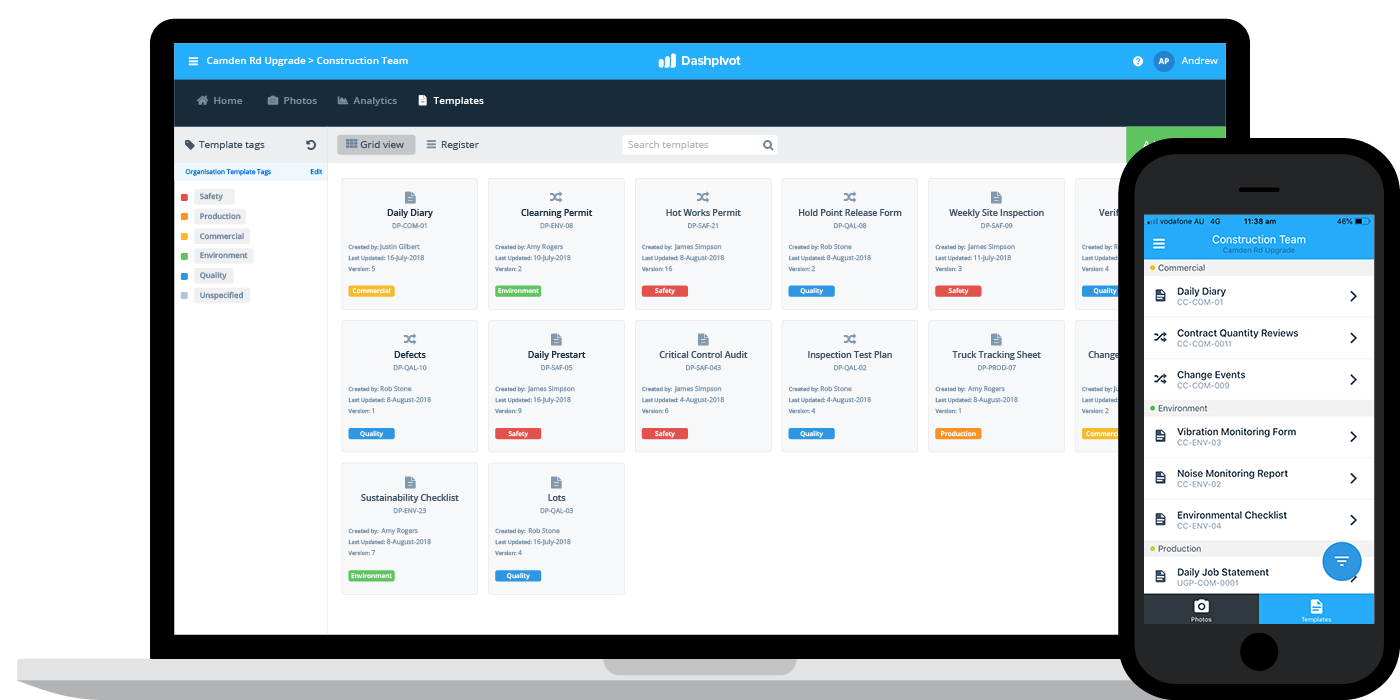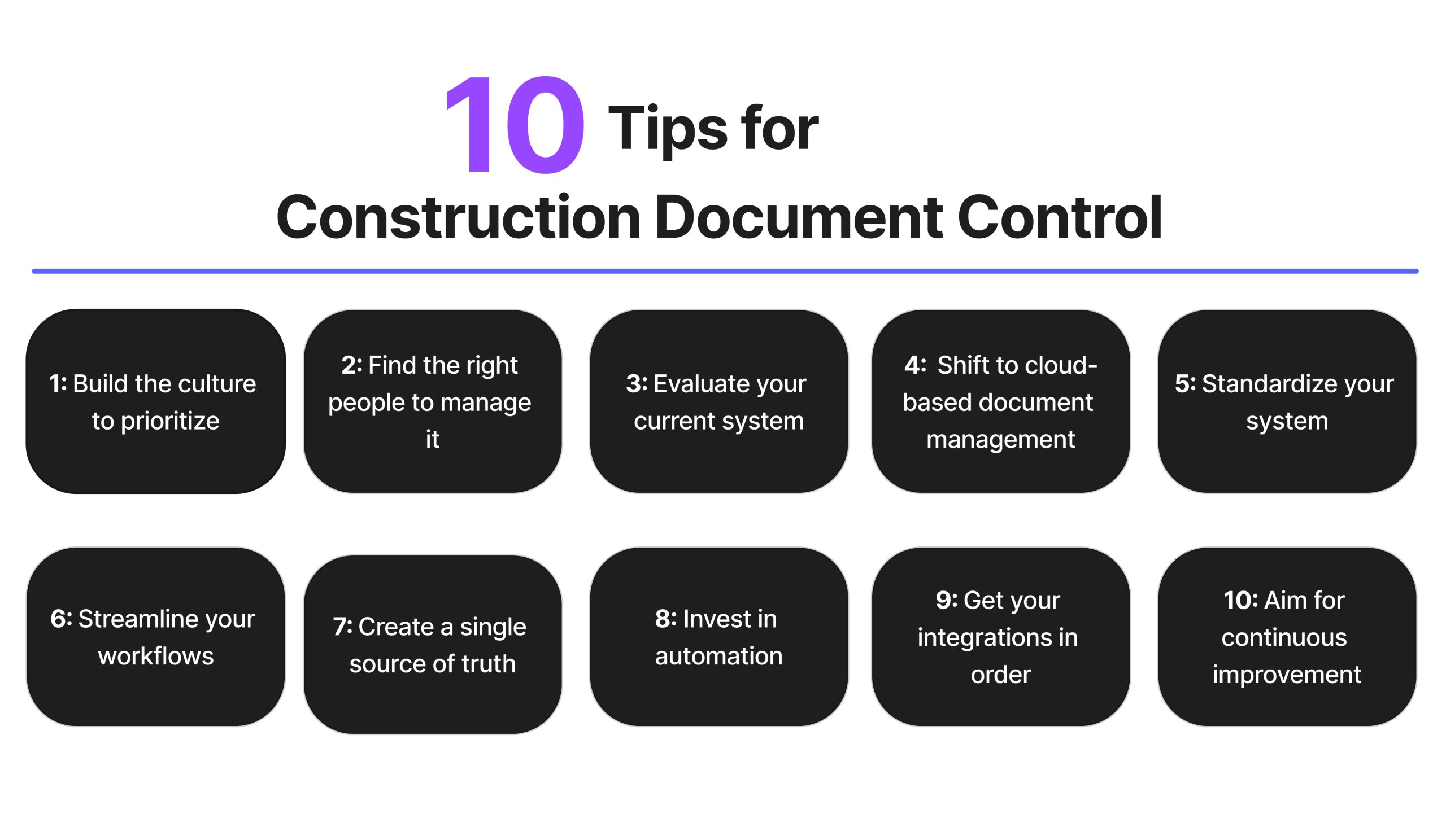Grasping Organization: Improve Effectiveness with Construction Document Management
Grasping Organization: Improve Effectiveness with Construction Document Management
Blog Article
Optimizing Task Partnership: Engineer's Ideal Practices in Building Document Monitoring
In the elaborate world of architectural tasks, the effective management of construction documents stands as a cornerstone for success. Engineers, with their careful attention to information and innovative style remedies, are charged with orchestrating a symphony of stakeholders, timelines, and resources. Nonetheless, amidst this complexity exists an important inquiry: how can engineers streamline partnership processes to improve job outcomes? By discovering key methods such as leveraging cloud-based platforms, developing robust interaction procedures, and making sure data safety and security, engineers can elevate their file monitoring techniques to brand-new elevations.
Leveraging Cloud-Based Systems
Leveraging cloud-based platforms is a basic technique for modern-day architects in optimizing building paper administration procedures. By transitioning from standard paper-based systems to shadow services, designers can improve partnership, improve document accessibility, and enhance total task effectiveness. Cloud-based systems supply engineers the capability to store, share, and upgrade building and construction papers in real-time, guaranteeing that all team members have access to the most existing information no matter of their place. This access advertises seamless interaction and control amongst project stakeholders, leading to less errors and hold-ups in the building process.
Additionally, cloud-based platforms offer a safe and secure environment for keeping delicate project details, providing encryption, normal back-ups, and user approval settings to secure information stability. Engineers can also gain from the scalability of cloud services, enabling them to readjust storage capability and capability based on job needs. Overall, leveraging cloud-based systems encourages architects to enhance their building and construction document administration procedures, driving better cooperation, performance, and success in their tasks.
Implementing Version Control Equipment
Having actually developed the benefits of cloud-based platforms in building record management, designers can now improve their paper control procedures by applying Variation Control Systems. Version Control Systems (VCS) are necessary tools that track changes in documents, guaranteeing that staff member are constantly working with the most up to date and most precise info. By applying VCS, engineers can keep a central database where all task papers are saved, making it possible for smooth partnership while decreasing the threat of mistakes and variation disputes.
One secret advantage of Version Control Systems is the ability to track the complete history of document adjustments, permitting customers to revert to previous variations if required (construction document management). This function is particularly valuable in construction tasks where layout versions and alterations are common. Furthermore, VCS facilitates far better interaction amongst employee by offering a clear audit trail of that made specific changes and when they were made. This transparency not just enhances accountability but also aids in solving disputes or disparities that may emerge throughout the project lifecycle.
Developing Interaction Protocols
To guarantee reliable and reliable project control, architects should establish clear and robust communication procedures within their building and construction paper administration procedures. This system can be a job management software, e-mail threads, or cloud-based storage space remedies.
Additionally, interaction procedures ought to sites additionally consist of standards on exactly how to take care of disputes, modification orders, and urgent concerns that might develop during the task lifecycle. Developing a structured technique to interaction makes sure that all stakeholders are on the very same web page, promotes openness, and eventually adds to the successful conclusion of the building and construction job.
Using BIM Software for Control
BIM software application plays a critical role in boosting control amongst job employee in the construction sector. Building Information Modeling (BIM) promotes partnership by providing a centralized system where architects, engineers, service providers, and other stakeholders can function together in a coordinated way. Via BIM software program, job individuals can access and update a common model which contains detailed info concerning the building layout, construction parts, and project routines.

Additionally, BIM software makes it possible for real-time cooperation and interaction among employee, no matter of their physical place. Through cloud-based BIM systems, job stakeholders can access the current project details, track modifications, and make notified decisions promptly. click for more info On the whole, leveraging BIM software application for coordination boosts task effectiveness, productivity, and ultimately leads to effective job outcomes.
Ensuring Information Safety And Security and Conformity
In the realm of construction paper management, guarding information integrity and making certain regulatory conformity are vital considerations for engineers and other task stakeholders. Architects must apply robust safety measures to safeguard delicate task information from unauthorized gain access to or violations. Using secure cloud storage options with security procedures and accessibility controls can assist mitigate dangers related to data burglary or loss. Routinely upgrading software program and systems, performing security audits, and offering personnel training on data safety ideal practices are vital action in preserving a safe setting for building and construction record monitoring.

Final Thought
Finally, designers can maximize job cooperation in building record monitoring by leveraging cloud-based systems, implementing version control systems, developing communication procedures, making use of BIM software application for control, and ensuring information safety and conformity. These best methods aid streamline the construction procedure, boost communication among job stakeholders, and improve efficiency in project shipment. By adhering to these standards, architects can efficiently handle building and construction documents and help with successful job end results.
Via BIM software, project participants can access and update a shared model that includes in-depth info concerning the structure layout, building and construction components, and project schedules.
Through cloud-based BIM platforms, project stakeholders can access the newest job info, track changes, and make notified choices without delay - construction document management. On the whole, leveraging BIM software application for control improves job efficiency, efficiency, and ultimately leads to successful project outcomes
In verdict, engineers can maximize task collaboration in construction document management by leveraging cloud-based platforms, implementing variation control systems, developing communication protocols, making use of BIM software program for sychronisation, and guaranteeing data security and conformity. These ideal methods help simplify the building and construction process, improve interaction among task stakeholders, and improve effectiveness in job delivery.
Report this page